Under the Sun: Norman Gilroy, community problem solver
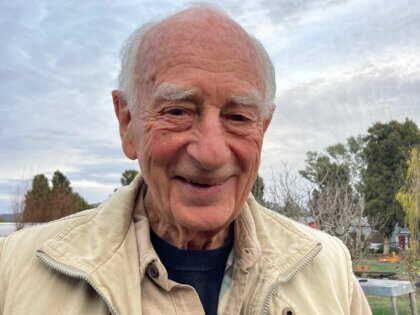
The Sun’s Anna Pier sat down to talk with architect Norman Gilroy about his accomplishments for communities here and around the world.
You are deeply involved in the SDC Next 100 Years proposal.
A core group of six of us from the Glen Ellen Historical Society put together this proposal in ten days, to meet the September 9 deadline for submitting to the Department of General Services (DGS). We knew the key elements that many in the public had asked for and which were ignored by the PermitSonoma draft EIR. Community control, and in our plan it will be in perpetuity. Less housing, and most of it affordable. Much more extensive environmental protections. And we realized that the reduced scale of our project not only was appropriate to the area, but it drastically reduced the infrastructure cost.
What’s the process?
We were invited, along with two traditional developers, to present SDC Next 100 to the DGS in November. They seemed very receptive to our presentation and have subsequently sent us new questions, so they are clearly interested. In the new year we will hear if we have been chosen as the first proposal for a negotiation with the DGS. I prefer working for something I can be for rather than against.
But you have successfully worked against many things, most recently, the Amazon warehouse plan.
Yes, that was slipped in and almost approved. The facility on Eighth St E they wanted to use had been built to be a wine warehouse. The permit did not account for the traffic or greenhouse gas emission the Amazon big rigs and delivery trucks would have generated. This is a case where the letter-writing campaign was hugely important in our success with Permit Sonoma.
Other community problems you’ve worked on recently?
Yes, as part of Mobilize Sonoma, to address the danger of storing highly volatile liquid petroleum gas – LPG- in rail tankers in Schellville. This is another case where letter-writing was extremely effective. I had been part of the Valley of the Moon Alliance (VOMTA) for years, and I helped organize the grassroots Mobilize Sonoma for the south Valley on the VOMTA model.
Back in 2006, you fought against relocating Sonoma Valley Hospital on the outskirts of town.
Yes, and it stayed in town where it belongs. The people spoke, overwhelmingly turning down Proposition C, for a new $148 million facility on farming land to be taken by eminent domain.
And then came much to work for, with the hospital.
Yes, two years later, and a new Hospital District board. Prop P garnered 80% of the vote, bringing the $35 million to seismically-retrofit and remodel existing buildings. The people spoke again. I was part of the Facilities Advisory Committee for all that work. I also helped develop the legislation that allows a District to do “design-build” construction, bringing huge savings in the cost of construction.
And the Norman Gilroy Garden at SVH is an appreciation of all those volunteer efforts on behalf of the hospital.
Yes. A healing garden in a space built into the original hospital design where I worked hard over a long period to save the huge tree that overhangs the open space and can be seen from all of the patient rooms on that side of the West Wing. A healing tree in a healing garden.
Talk about your early work.
After architecture school in London, I went first to Vancouver to work, then came to San Francisco. I helped with moving the large historic Polk mansion on a barge to Belvedere. That was part of a big initiative to save lots of buildings in the Western Addition. It was the start of my own practice.
Local examples?
The Larkspur Landing project, I negotiated for the location, and was principal planner of the Master Plan. There are lots of parallels between that project and the SDC. Both are large campuses with many parcels, each to be developed for a specific use by a different developer, but still an integrated community with everyone working in concert. Utility systems serving all uses. Open space.
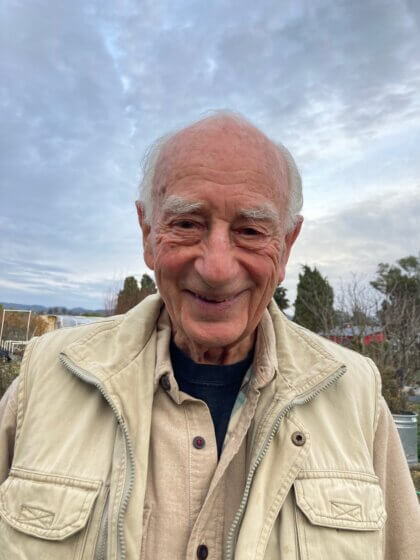
Other ventures? In 1974, after closing my practice, I founded the Institute for the Human Environment. We did environmental problem solving, on the principle of looking at the big picture. We included urban planners, philosophers, tech people. We went all over the globe – Oman, Sweden, Norway, the Adriatic coastline, Hong Kong, American Samoa, Hungary, others. We brought Dutch, Scandinavian and Italian experts here to consult for the work of the first Coastal Commission. Our work was wonderfully reciprocal; the Dutch took home the concept of opening up to wetlands instead of holding it all back with dikes. We also worked with UNESCO and other UN agencies. My life partner, Shelley Arrowsmith, traveled with me and contributed to much of the work. She built a huge model for the project in American Samoa, which we had to cut into quarters to ship there. Here in California, we worked on coastal planning and on energy.
Much of your work has been international.
I was born and raised in England. My mother was Swiss, my father English. My childhood dream was to be an architect. My uncle built the Zurich airport, and I spent a lot of time with him at the workplace.
And now you’re a farmer.
No, that’s Shelley. She has a green thumb, and always wanted to have a little farm. We bought 2-1/2 acres in Schellville in the early 90s and grew seasonal specialty produce for restaurants and the Farmer’s Market at the Marin County Civic Center. I’m the advisor. She’s retired now. By the way, we have an unpainted cow from the Cows in Sonoma art project, The Institute’s last project.
What about Cows not Casinos?
It introduced me to the Baylands and Sears Point. Combining opposition with reasonable compromise has been the theme of much of my work.
Sears Point as a case in point?
I was a runner between Cows and the Raceway, which was doing its first expansion with a big new stadium. We were looking for solutions. I noticed that the inner hills of the Raceway property had a natural configuration like a Roman amphitheater, and proposed using that for the stadium instead of building a towering 65’ wall along the road.
Other local committees and agencies you’ve served on?
Sonoma Valley Groundwater Sustainability and nine years on the Sonoma Valley Citizens Advisory Commission.
Talk more about the will of the people.
When I was working on the county Winery Events committee, the County had made a projection that grossly underestimated the number of new wineries. We did an accurate projection. When the County doesn’t get it right, the people can. And this is the same for SDC.
Thoughts for the community?
The DGS will make a decision in early January. If selected, that would open up an Exclusive Negotiating Period for details to be worked out and any condition on the offer resolved. Write now to the DGS and our state representatives in support of our SDC proposal. Letters (emails) really work.
Details at SDCnext100.org.
One thought on “Under the Sun: Norman Gilroy, community problem solver”
Comments are closed.

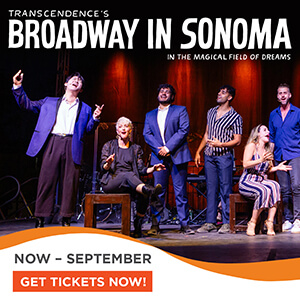

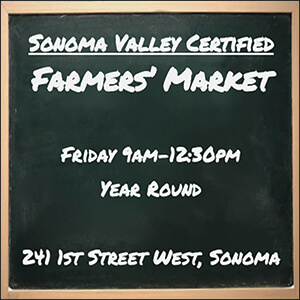
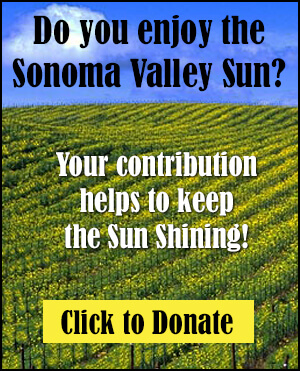
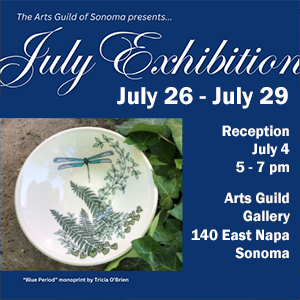

Norm –
What a wonderful and accurate report on your many contributions to Sonoma Valley that appeared recently in the Sonoma Valley Sun. Unlike most of what I see in the media that is adjectives about what others are thought to be doing wrong, yours is a record of multiple, concrete accomplishments – nouns and verbs.
Sonoma is blessed to have you.